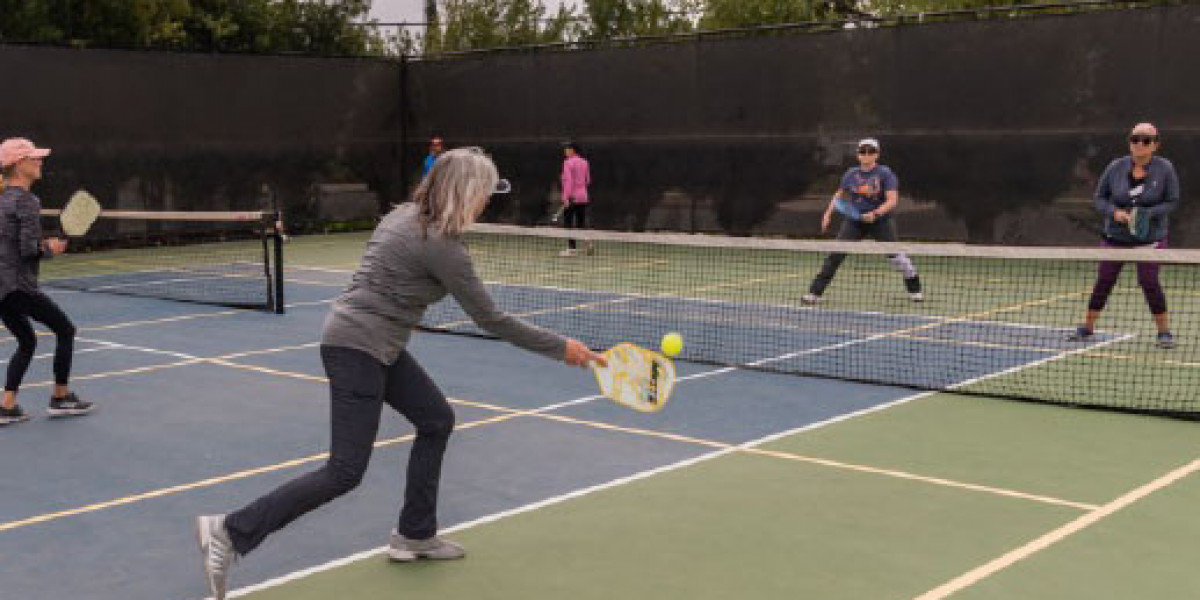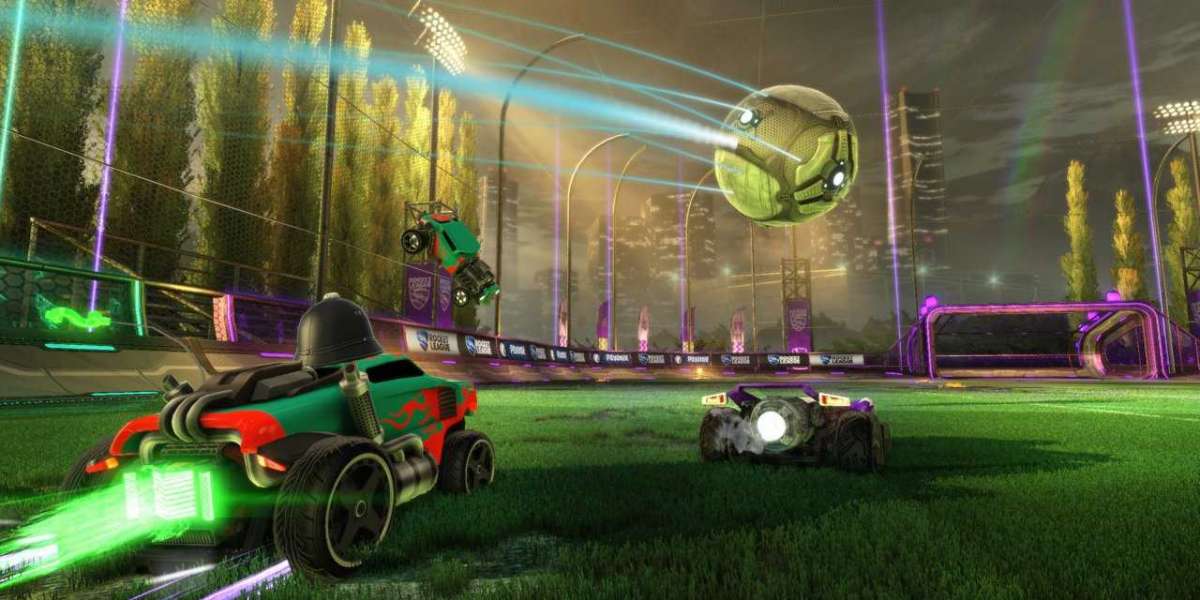Unlock the secrets to mastering the pickleball return with diverse strategies and expert insights. Explore various approaches to elevate your game and outplay your opponents on the pickleball court.
The pickleball return is a critical aspect of the game, demanding skill, strategy, and finesse. To excel in this area, players must explore different approaches tailored to various situations on the court. In this comprehensive guide, we delve into a range of strategies and techniques designed to enhance your pickleball return game, providing valuable insights for players of all levels.
Pickleball, a unique blend of tennis, badminton, and ping pong, has gained immense popularity in recent years. Central to the game is the return, a critical element that can sway the momentum of a match. In this article, we'll explore the intricacies of the pickleball return and delve into different approaches to elevate your game.
1. Understanding the Importance of the Return
The return in pickleball serves as the linchpin of every rally. It sets the tone for the point and can dictate the flow of play. Understanding its significance is crucial for players looking to gain an edge on the court.
- The Pivotal Role of the Return
The return acts as the first offensive opportunity in a point, allowing players to take control and put pressure on their opponents. A well-executed return can force weak replies and set up easy put-away shots.
- Strategic Significance
Strategically, the return plays a vital role in dictating the direction and pace of the rally. Players must choose their shots wisely, considering factors such as court positioning, opponent's strengths and weaknesses, and game situation.
2. Defensive Approaches
In pickleball, defense is just as crucial as offense. Mastering defensive returns can help players weather tough situations and stay in control of the point.
- Utilizing Deep and High Returns
Deep and high returns force opponents back from the net, giving players more time to recover and reset for the next shot. These returns can also induce errors from aggressive opponents looking to attack the net.
- Blocking and Neutralizing Opponent Shots
When faced with powerful shots from opponents, blocking and neutralizing returns can be effective strategies. By absorbing pace and redirecting the ball, players can disrupt their opponent's rhythm and regain control of the point.
3. Offensive Strategies
While defense is essential, seizing opportunities to go on the offensive can turn the tide of a match in your favor.
- Aggressive Net Play
Aggressive net play involves taking the ball early and attacking opponents with volleys and overhead smashes. By pressuring opponents at the net, players can force errors and create openings for winners.
- Creating Opportunities for Put-away Shots
Effective offensive returns aim to set up put-away shots, where players can capitalize on weak returns and finish points with well-placed winners. By placing returns deep and wide, players can open up the court and create space for aggressive shots.
4. Spin Techniques
Spin is a versatile tool in the pickleball arsenal, offering players the ability to control the trajectory and bounce of the ball.
- Backspin for Low and Skidding Returns
Backspin returns produce low, skidding bounces that can be difficult for opponents to handle. These returns can force opponents out of position and create opportunities for aggressive follow-up shots.
- Topspin for High and Bouncing Returns
Topspin returns generate high, bouncing shots that can catch opponents off guard and force errors. These returns are effective for putting opponents on the defensive and setting up offensive opportunities.
5. Strategic Shot Placement
Strategic shot placement is key to keeping opponents off balance and dictating the flow of play.
- Targeting Opponent's Weak Areas
Identifying and targeting opponent's weak areas can be an effective strategy for gaining the upper hand in a point. By exploiting vulnerabilities in their opponent's game, players can force errors and create opportunities for winners.
- Varying Placement to Keep Opponents Guessing
Varying shot placement keeps opponents guessing and prevents them from settling into a rhythm. By mixing up shots to different areas of the court, players can keep opponents off balance and maintain control of the point.
6. Adaptation to Opponent's Style
Adapting to opponent's playing style is crucial for success in pickleball. Players must be able to adjust their strategies and tactics to counter their opponent's strengths and exploit their weaknesses.
- Adjusting Strategies for Different Opponents
Each opponent presents unique challenges, requiring players to adapt their strategies accordingly. Whether facing aggressive net players or defensive baseliners, players must be able to adjust their game plan to match their opponent's style.
- Recognizing and Exploiting Patterns
Observing and recognizing patterns in their opponent's game can give players valuable insights into their tendencies and preferences. By exploiting these patterns, players can anticipate their opponent's next move and gain a strategic advantage.
7. Continuous Improvement and Practice
Continuous improvement and practice are essential for mastering the pickleball return and elevating your game to the next level.
- Drills for Enhancing Reflexes and Reaction Time
Drills focusing on reflexes and reaction time can help players develop quick hands and sharp instincts at the net. By practicing drills such as volley exchanges and reaction drills, players can improve their ability to handle fast-paced rallies and react to incoming shots.
- Match Play for Applying Learned Strategies
Applying learned strategies in match play is crucial for honing skills and gaining valuable experience on the court. By competing against different opponents in various game situations, players can test their abilities and identify areas for improvement.
FAQs (Frequently Asked Questions)
How can I improve my consistency in pickleball returns?
Consistency in pickleball returns comes with practice and focus on fundamental techniques such as footwork, timing, and shot selection. Regular drills and match play can help hone your skills and build muscle memory for more reliable returns.
Is it better to play defensively or offensively on the pickleball return? The ideal approach to the pickleball return depends on various factors, including your skill level, playing style, and the situation on the court. Both defensive and offensive strategies have their merits, so it's essential to adapt your approach based on the specific circumstances of each point.
How important is footwork in executing effective pickleball returns?
Footwork is paramount in pickleball returns, as it determines your positioning and ability to react to incoming shots. Maintaining a wide and balanced stance allows for quick movement and better court coverage, increasing your chances of executing successful returns.
What role does anticipation play in the pickleball return game?
Anticipation is crucial in the pickleball return game, as it enables players to read their opponent's intentions and anticipate the trajectory of the ball. By anticipating where the ball will land, players can position themselves more effectively and prepare for their next shot.
Can spin be used effectively in pickleball returns?
Yes, spin can be a potent weapon in pickleball returns, allowing players to manipulate the trajectory and bounce of the ball. Backspin shots can create low, skidding bounces, while topspin shots can generate high, kicking bounces, both of which can pose challenges for opponents.
How can I stay mentally focused during intense pickleball matches?
Maintaining mental focus during intense pickleball matches requires practice and discipline. Techniques such as deep breathing, visualization, and positive self-talk can help calm nerves and stay focused on the present moment, enhancing performance on the court.
Conclusion
Exploring different approaches to the pickleball return opens up a world of possibilities for players looking to enhance their game. Whether mastering defensive strategies, embracing offensive tactics, or harnessing spin techniques, there are numerous avenues for improving your pickleball return game. By incorporating these diverse strategies into your training regimen and staying open to continuous learning and improvement, you can elevate your game and achieve success on the pickleball court.







